Tournai Cathedral is the largest Romanesque church in Belgium. Its architecture is majestic and bold, the ornamentation is very rich, and in many respects this beautiful cathedral has no analogues in the world.
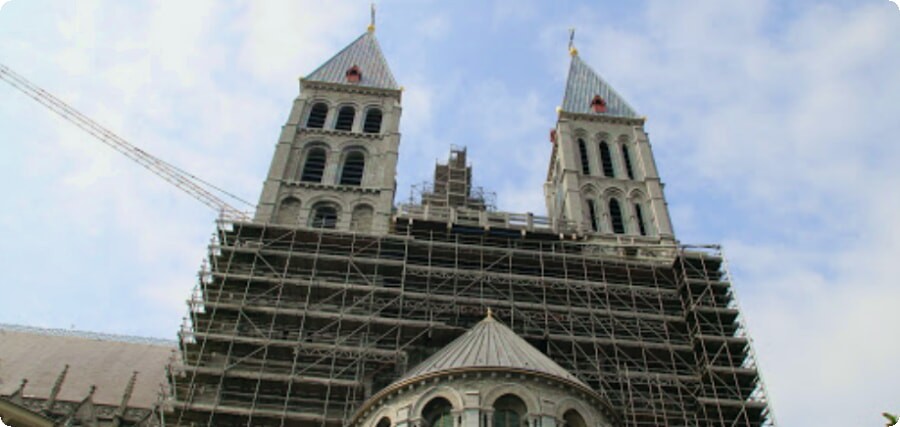
Start
The current cathedral is not the first on this site. Previously, one of the oldest churches in this part of Europe was built here. There is a possibility that even earlier a pagan temple was located here. At the end of the 5th or the beginning of the 6th century, during the time of St. Eleutherius of Tournai, the first cathedral was erected on this site. Tournai thus became an important early religious center and important cities such as Bruges, Ghent and Lille were located in its diocese. This explains why this small town has such a majestic cathedral.
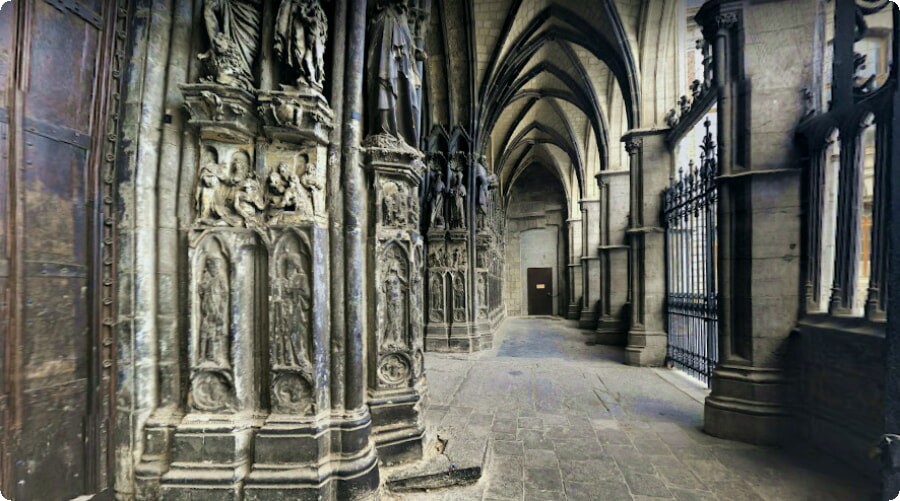
The next church on this site was built in the 9th century and was twice damaged by fires - in 881 and 1066.
Construction of the current church
By the early 12th century, Tournai had become even more powerful and wealthy. At this time, the cult of the Mother of God was also very popular. Therefore, it was decided to build a new giant cathedral in honor of Our Lady in the city.

The construction consisted of three important phases, which made it possible to create a unique structure with three different parts in different architectural styles:
In the first half of the 12th century, a nave was built here. It was built in the Romanesque style with the characteristic, heavy and severe character of this style. Now it is the oldest part of the church.

In the middle of the 12th century, a transept was built. This is an important milestone in the history of architecture, marking the end of the Romanesque style and bringing much inspiration for the future Gothic style. It is the most conspicuous part of the building, with five large bell towers and expressive semicircular ends. Four towers 83 m high. At first glance, these towers seem the same, but after studying them more carefully, it becomes clear that many details are different.
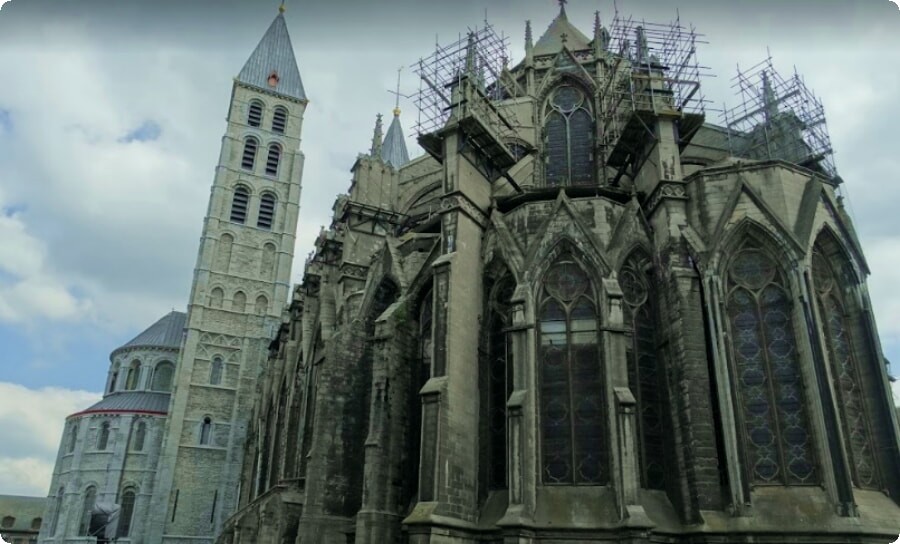
The eastern towers are called the tower of Saint-Jean and the tower of Mary - the latter with the bell of Marie-Pontoise. The western towers have more Gothic details and are named Brunin (with the entrance to the former prison) and Treile - wine was produced in the cellar of this tower. By 1171 a new church had been built.
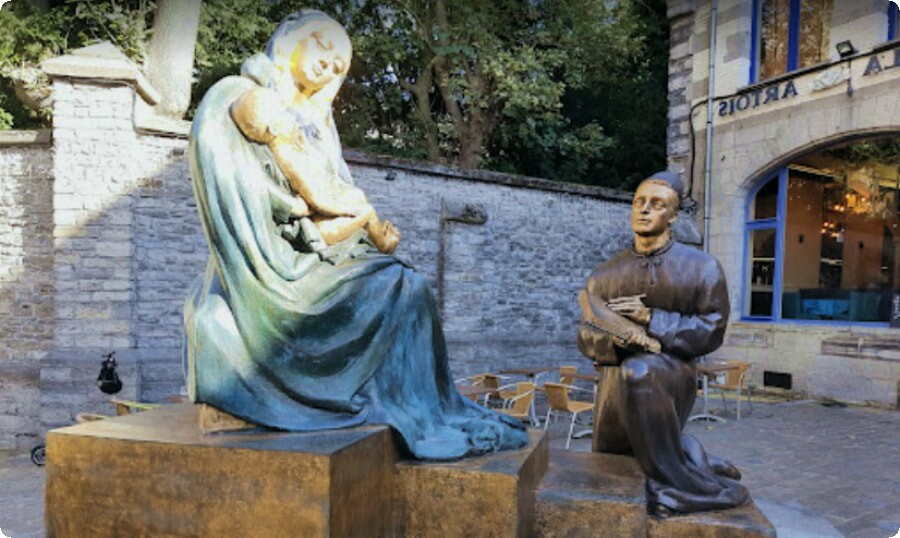
In the 13th century, the Romanesque choir was demolished, and in 1242–1255 a new, much larger choir in the Gothic style was built. In fact, plans were made to rebuild the rest of the cathedral as well, but this did not happen.

Now all these three different parts form a single giant church. Although it is now more difficult to assess, but for its time this building represents many innovations and one of the highlights of Romanesque architecture. The building symbolizes the creative freedom given to the designers and builders of this outstanding building. In the Middle Ages, the church was painted in bright colors - traces of these colors can still be seen in many places.
Later history
It was one of the greatest churches in the region, although the largest churches in the world are concentrated in this part of Europe. Unfortunately, the interior of the church was damaged - a lot of damage was done during the Calvinist uprising in 1566, as well as during the French Revolution.
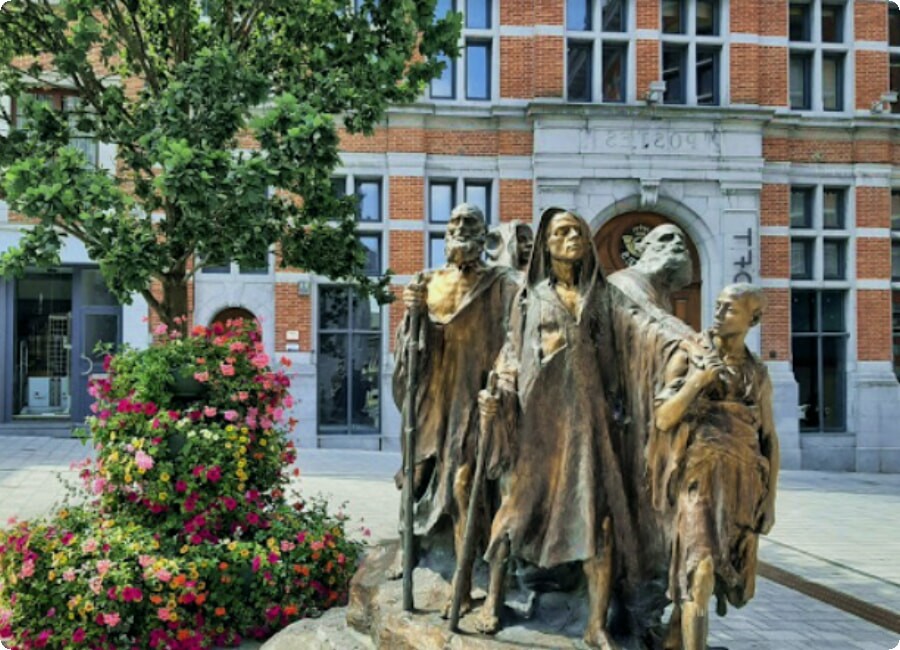
However, in the 19th century, much was restored through the efforts of Bishops Monsignor François-Joseph Hirn and Monsignor Gaspard-Joseph Labis, who recreated one of the most beautiful church interiors in Belgium. The 20th century was also not good - part of the church was destroyed during the Great Patriotic War.
In 1999, a tornado hit the cathedral, and the deplorable state of the cathedral attracted the attention of engineers. The Brunin Tower, which has decreased by 80 cm, was in particular danger. Since then, major repairs have been carried out to save the cathedral from a possible collapse.
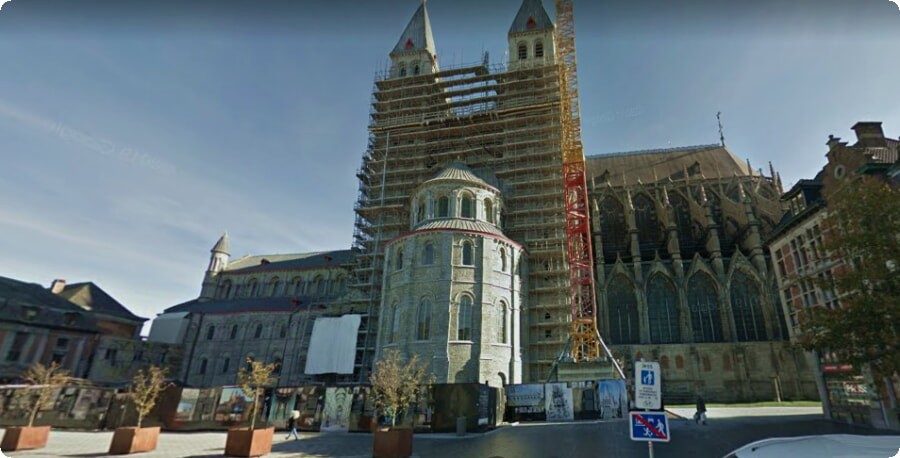
Values and works of art
One of the most valuable works of art is the sumptuous screen on the cross, which was made in the Renaissance style by the Flemish sculptor Cornelis Floris II in 1573.
The cathedral is also decorated with paintings by Rubens and Jordaens, stained glass windows of a huge rose window are very impressive.